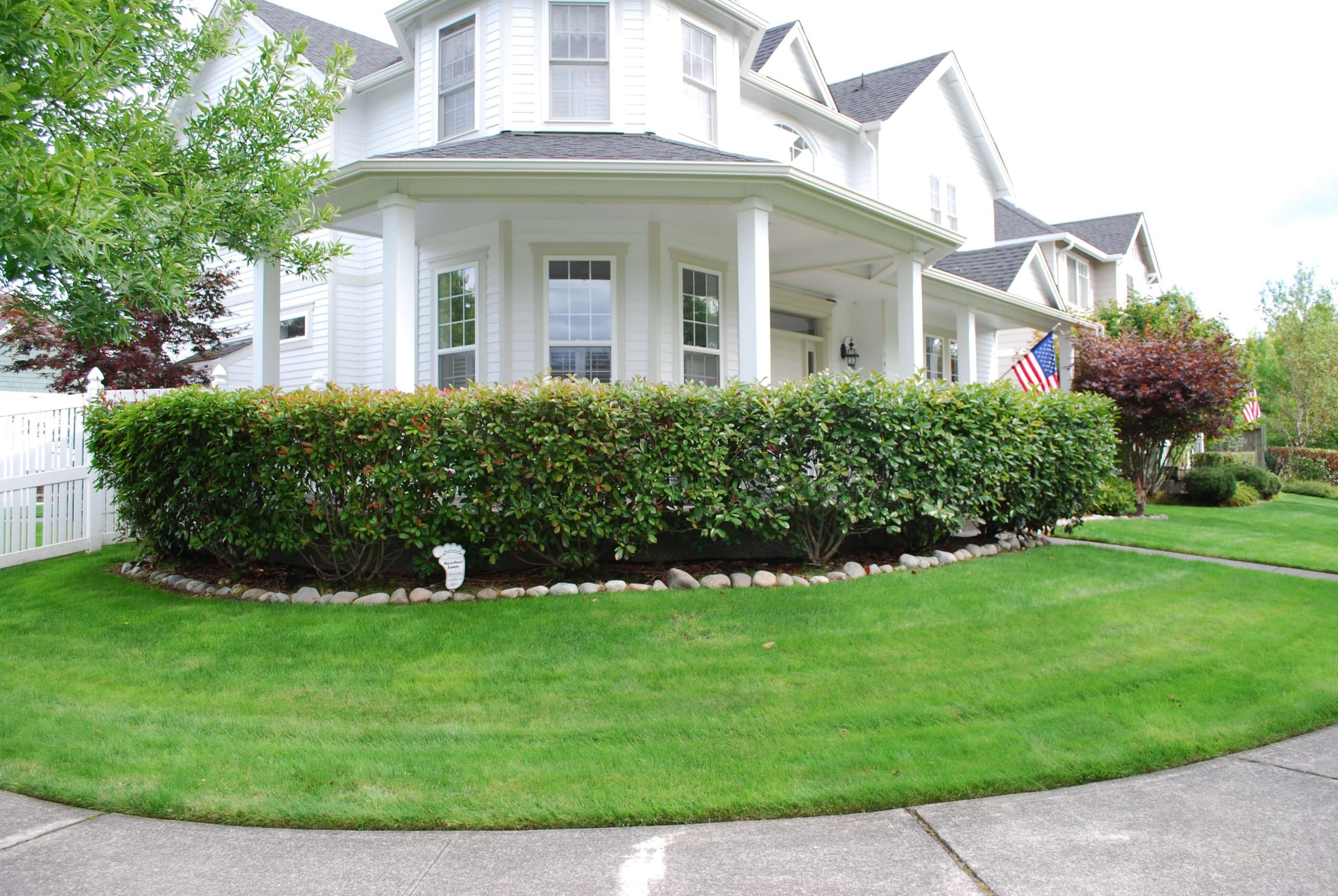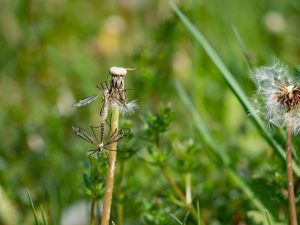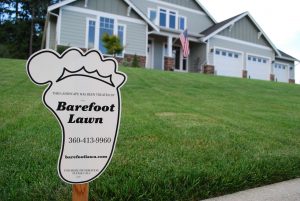
Granular fertilizer and liquid fertilizer both deliver nutrients to the grass plant and each application method can have advantages.
Granular fertilizer generally has slow-release nitrogen properties. Urea granules are coated with sulfur or sprayed with a polymer coating to slow soil microbes from making the nitrogen available to the grass plant or slow the release of dissolved nitrogen through the imperfections in the poly coating.
Liquid fertilizer can also have slow-release properties by adding methylene urea which provides long-chain molecules that also slow microbial activity.
Coated granular fertilizer will have longer slow-release properties than liquid fertilizer and for that reason a slower green up response but fewer applications required.
Liquid fertilizer is the best choice if you are also trying to control weeds or moss. Liquid fertilizer with weed or moss control added can be sprayed directly on the foliage of the weed or moss plant. Granular (weed and feed) has the active ingredient sprayed on the granule and that granule must land and stick to the weed to be effective. Granular moss control can only affect the area of moss that is the same size of the particle that landed on it, so you are left with just black dots on healthy moss. Liquid fertilizer has an even distribution of nutrients and soaks the foliage of the weed and moss plant resulting in the most effective application.
Granular fertilizer is best for warm weather applications or for large areas that make liquid applications impractical. Granular particles left on hard surfaces like driveways or sidewalks can leave iron stains or wash off and end up in the groundwater, so make sure to blow or sweep fertilizer back into the lawn.
Our customers receive 6 liquid fertilizer applications per year with weed, moss and insect control added when seasonally appropriate.
Contact us today for a lawn analysis!



